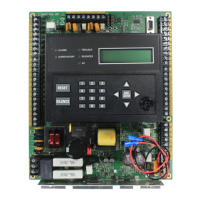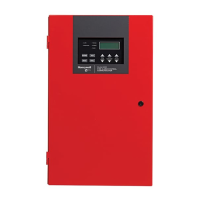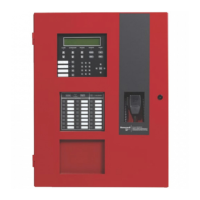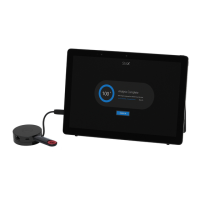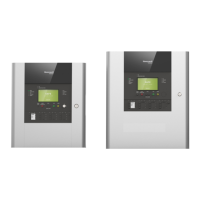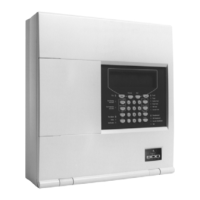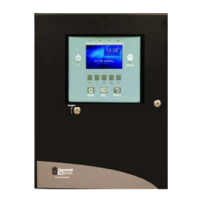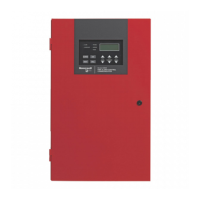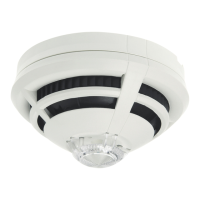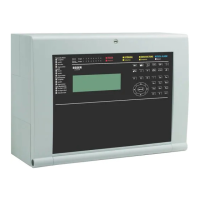28 SWIFT® Smart Wireless Integrated Fire Technology Manual — P/N LS10036-000SK-E:G 4/13/2020
WSK-WGI Wireless System Gateway Operations
6. Click Advanced Functions on top of the mesh display. A drop-down list is displayed.
7. Click Silence Devices. The Silence mesh network screen is displayed.
8. Select the time interval to silence the wireless devices from the dropdown list and click Ye s.
9. The network is silenced and confirmation is displayed as shown below.
2.9.8 Overlapping Wireless Sensor Networks and Limitations
The SWIFT Network technology shares the RF spectrum with other Honeywell Fire Wireless Sensor Network systems. Honeywell Fire
has generally established a limit of 4 overlapping networks (4 gateways maximum and their associated devices) to avoid congestion in
the RF spectrum. If more than 4 networks are detected, a MAX GATEWAY system trouble will be generated. To resolve this trouble, any
instances of disruptive overlap need to be removed. Refer to Appendix C, “Troubleshooting and Testing” for suggestions on removing
overlap between wireless networks. The trouble will be self-restoring up to 36 hours after the condition is resolved. To expedite the trou-
ble resolution, transition the network that is reporting the trouble in and out of mesh formation mode.
2.9.9 Activation of Wireless Output Devices
Wireless input modules (pull stations and monitor modules) may be programmed to activate wired notification appliances anywhere in
the system and wireless input modules may be programmed to activate wireless output devices including relay modules, sync modules,
and AV devices within the same wireless mesh network. Wireless input modules are not permitted to be programmed to activate wireless
outputs in another wireless mesh. Wireless detector programming is not restricted since the alarm condition is determined by the fire
panel.
2.9.10 Avoiding RF Interference
The SWIFT wireless mesh network uses radio frequency hopping spread spectrum technology to communicate in the 900 MHz ISM
band (902MHz to 928MHz). Other commercial and industrial products also operate in this band. If two-way radios or other wireless
communication devices are used during the installation process, it is recommended that they be kept at least 4 feet away from the Intelli-
Knight wireless devices or that they operate on a different frequency band to ensure rapid mesh formation.
A properly installed SWIFT wireless mesh network with primary link reporting enabled will be highly immune to RF interference from
other wireless products even when they are nearby. The use of the weak link reporting feature is highly recommended. If the system is
installed in a controlled environment where other 900 MHz ISM band devices will not be present, the primary link reporting feature may
be disabled to permit greater distances between installed devices if required.
advfuncdrop.wmf
Figure 2.34 Advanced Functions Options
Figure 2.35 Silence Mesh Network Screen
Figure 2.36 Silence Mesh Network Confirmation Message
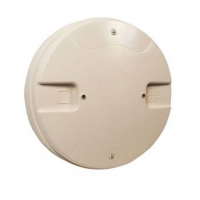
